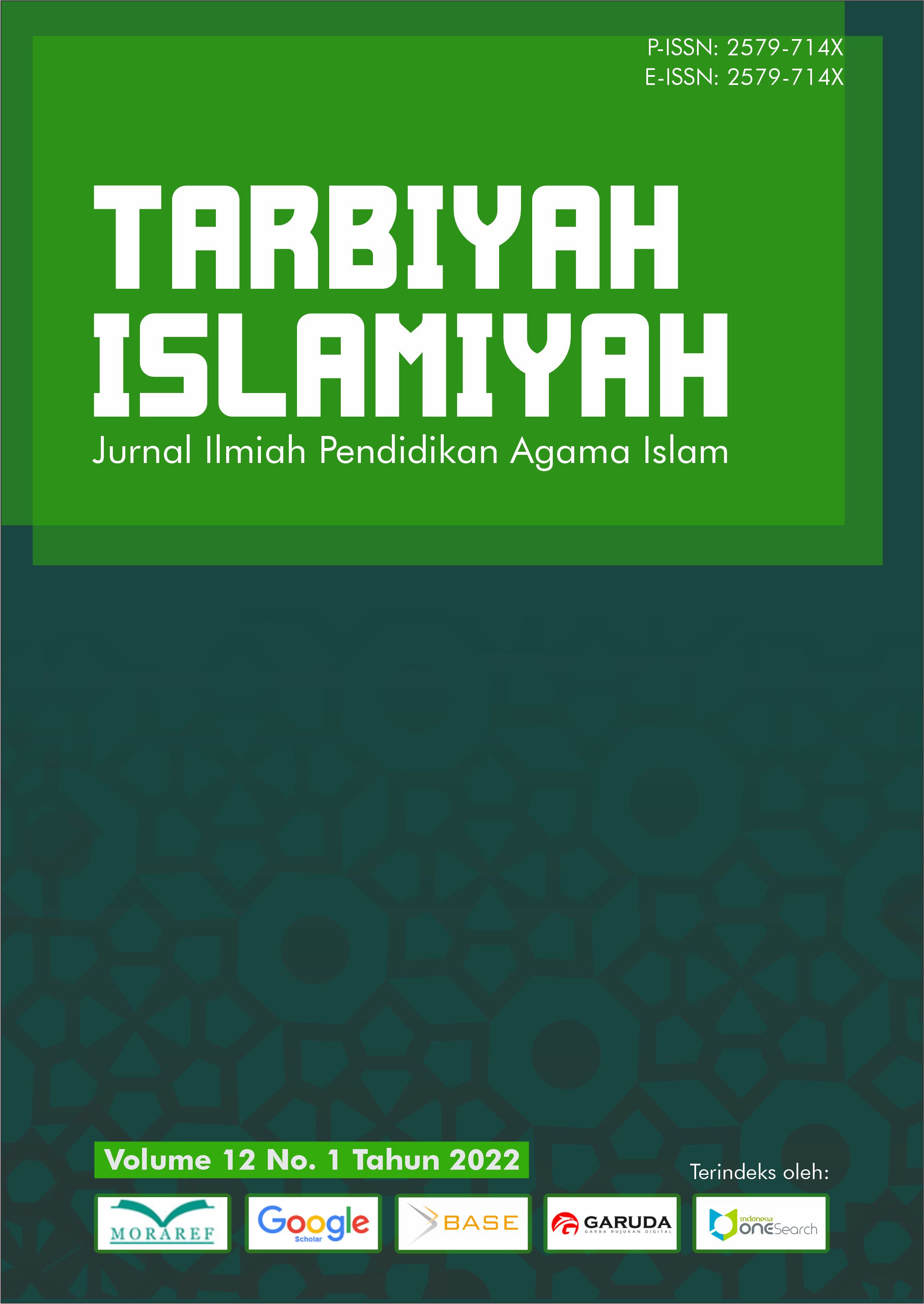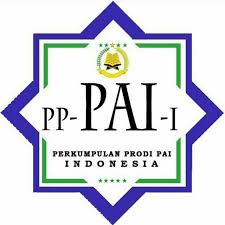ADDITIONAL MENU

About the Journal
- Journal Title: Tarbiyah Islamiyah: Jurnal Ilmiah Pendidikan Agama Islam
- Initials: JTIPAI
- Frequency: 2 issues per year (June and December)
- Online ISSN: 2829-5919
- Editor in Chief: Noor Hasanah, MA
- DOI: 10.1899/jtipai
- Publisher: Islamic Education Department, Tarbiyah and Teacher Training Faculty of Antasari State Islamic University Banjarmasin (UIN Antasari Banjarmasin)
Tarbiyah Islamiyah: Jurnal Ilmiah Pendidikan Agama Islam P-ISSN 2088-4095 and E-ISSN 2829-5919 is peer-reviewed national journal published biannually by Islamic Education Department of Education and Teacher Training Faculty of State Islamic University (UIN) of Antasari Banjarmasin. The focus discussion of the journal is highlighting aspects related to Islamic Education. The journal is published biannually in June and December.
Tarbiyah Islamiyah: Jurnal Ilmiah Pendidikan Agama Islam is accreditated SINTA 4 (SK: 225/E/KPT/2022) valid for 5 years (from Vol 10 Number 2, 2020 - Vol 15 Number 1, 2025) by the Ministry of Research, Technology, and Higher Education of the Republic of Indonesia.













